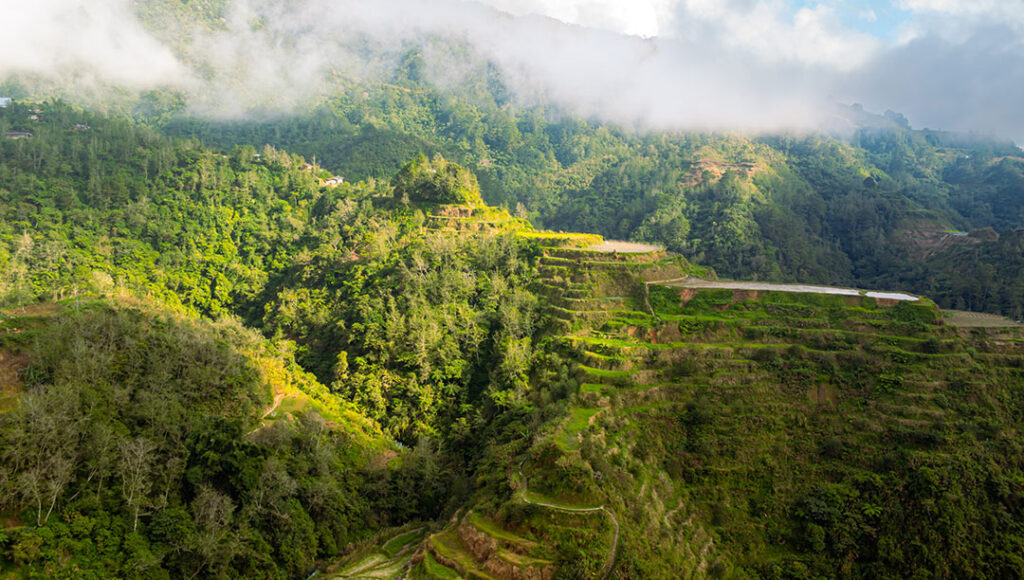Have you ever wondered how to explore the beauty of nature while preserving it for future generations? With its lush rainforests, pristine beaches, and diverse marine life, the Philippines is a treasure trove for eco-tourists. From sustainable travel practices to breathtaking destinations, this tropical paradise offers countless ways to connect with nature responsibly.
Staying connected while navigating these remote locations is essential, and an eSIM for Philippines travel is a convenient solution. It ensures you can easily access maps, book eco-tours, and share your adventures without worrying about physical SIM cards or excessive roaming costs.
Eco-tourism in the Philippines isn’t just about sightseeing; it’s about fostering a deeper appreciation for the environment and its preservation. Let’s explore some of the best ways to experience sustainable travel in this stunning archipelago.
Exploring the biodiversity of Palawan
Often called the “last ecological frontier” of the Philippines, Palawan is a haven for eco-tourism enthusiasts. With its UNESCO-listed Puerto Princesa Underground River and the vibrant coral reefs of El Nido, this destination is perfect for travellers who want to experience nature at its finest.
Sustainable activities like kayaking, snorkelling, and guided nature walks allow visitors to explore Palawan responsibly. With an eSIM, you can stay connected to local guides, find eco-friendly accommodations, and ensure your travel plans align with sustainable practices.
Experiencing community-based tourism in the Cordilleras
The Cordillera region, home to the iconic Banaue Rice Terraces, offers a unique blend of cultural and ecological experiences. These terraces, often called the “Eighth Wonder of the World,” are an incredible example of sustainable agriculture. Travelers can engage in community-based tourism by staying with local families, learning traditional farming methods, or participating in cultural festivals.
Connecting with an eSIM ensures seamless access to resources like local guides and eco-tour operators, maximizing your experience while respecting the community’s way of life.
Protecting Marine Life in Tubbataha Reefs
Located in the Sulu Sea, the Tubbataha Reefs Natural Park is a UNESCO World Heritage Site and a paradise for marine enthusiasts. This protected area is home to over 600 species of fish, 360 species of coral, and numerous endangered marine animals. Diving here offers a once-in-a-lifetime opportunity to witness the vibrant underwater world.
Strict conservation rules are enforced to preserve the delicate ecosystem, and all activities are regulated. Reliable connectivity through an eSIM allows you to coordinate diving permits, access real-time updates on weather conditions, and share your underwater adventures responsibly.
Embracing sustainable practices in Siargao
Siargao, often dubbed the “surfing capital of the Philippines,” has also become a hub for eco-tourism. Beyond its world-class waves, Siargao boasts mangrove forests, hidden lagoons, and eco-friendly resorts. Visitors can explore sustainable activities like paddleboarding through mangroves or participating in beach clean-ups.
Navigating this island’s eco-friendly spots is easier with an eSIM, which ensures access to local information and maps. Supporting sustainable businesses on the island further helps preserve its natural beauty.

Hillside terraces in The Philippines
Discovering wildlife in Subic Bay
Subic Bay is a unique destination where eco-tourism meets wildlife conservation. Zoobic Safari and the Subic Bay Mangrove Park provide opportunities to learn about wildlife and the importance of their habitats. Visitors can also enjoy eco-friendly adventures like jungle treks and zip-lining.
Staying connected during your Subic Bay visit is essential for navigating eco-tour spots and learning about conservation efforts. An eSIM ensures smooth communication with local guides and eco-tourism operators while minimizing your environmental footprint.
Relaxing responsibly in Mindoro
Mindoro, home to the Apo Reef Natural Park, offers a tranquil escape for eco-tourists. This protected area is the world’s second-largest contiguous coral reef system and provides a habitat for various marine species. Visitors can enjoy snorkelling, diving, and exploring the lush surroundings of the island.
Mindoro also emphasizes responsible tourism by promoting eco-lodges and sustainable diving practices. With an eSIM, you can book eco-friendly accommodations, connect with local conservation groups, and ensure your travel choices align with sustainability.
More than tourism
Ecotourism in the Philippines is more than just visiting beautiful places; it’s about making a positive impact while experiencing the wonders of nature. From Palawan’s breathtaking biodiversity to the Cordilleras community-based tourism, the country offers countless ways to explore responsibly. Staying connected with an eSIM for Philippines travel ensures you can effortlessly navigate these destinations, access resources, and share your journey while adhering to sustainable travel practices.
By choosing ecotourism, you’ll discover the beauty of the Philippines and contribute to preserving its natural and cultural heritage. So pack your bags, activate your eSIM, and embark on a journey that’s as meaningful as it is memorable.
Related Stories
A parent’s travel guide to New Zealand with kids
Heron Island: A turtle-y awesome eco-adventure for families
Family-friendly weekends at Tangalooma Island Resort


